Stainless Steel Forged Fittings
Stainless Steel Forged Fittings Manufacturer & Supplier
Emirerri Steel is a trusted manufacturer and global supplier of Stainless Steel Forged Fittings, engineered for strength, durability, and superior corrosion resistance. These fittings are precision-forged to ensure leak-proof, high-performance connections in critical piping systems. Designed to withstand high pressure and temperature, our forged fittings deliver exceptional reliability across industries such as oil & gas, petrochemicals, power generation, and marine engineering.
We offer forged fittings in various stainless steel grades and configurations to meet the requirements of international standards and demanding applications.
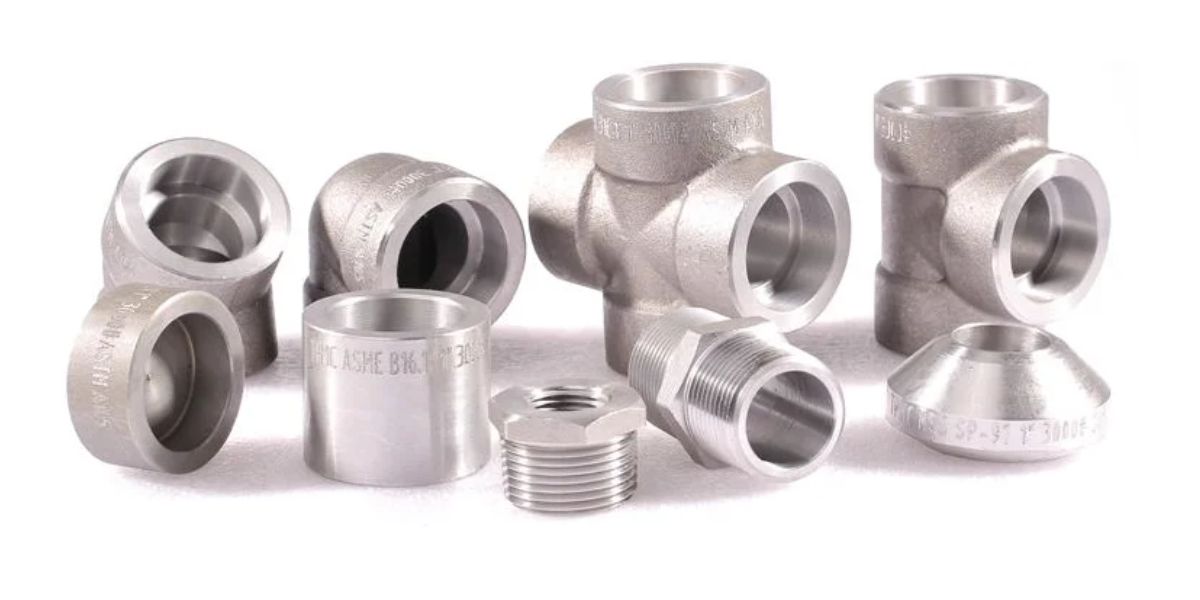
Key Features:
Excellent resistance to corrosion, oxidation, and chemical attack.
High tensile and yield strength for high-pressure applications.
Precision-forged construction ensuring dimensional accuracy.
Leak-proof joints suitable for hydraulic, steam, and chemical lines.
Excellent machinability and weldability.
Long service life with low maintenance requirements.
Types of Stainless Steel Forged Fittings
Socket Weld Fittings
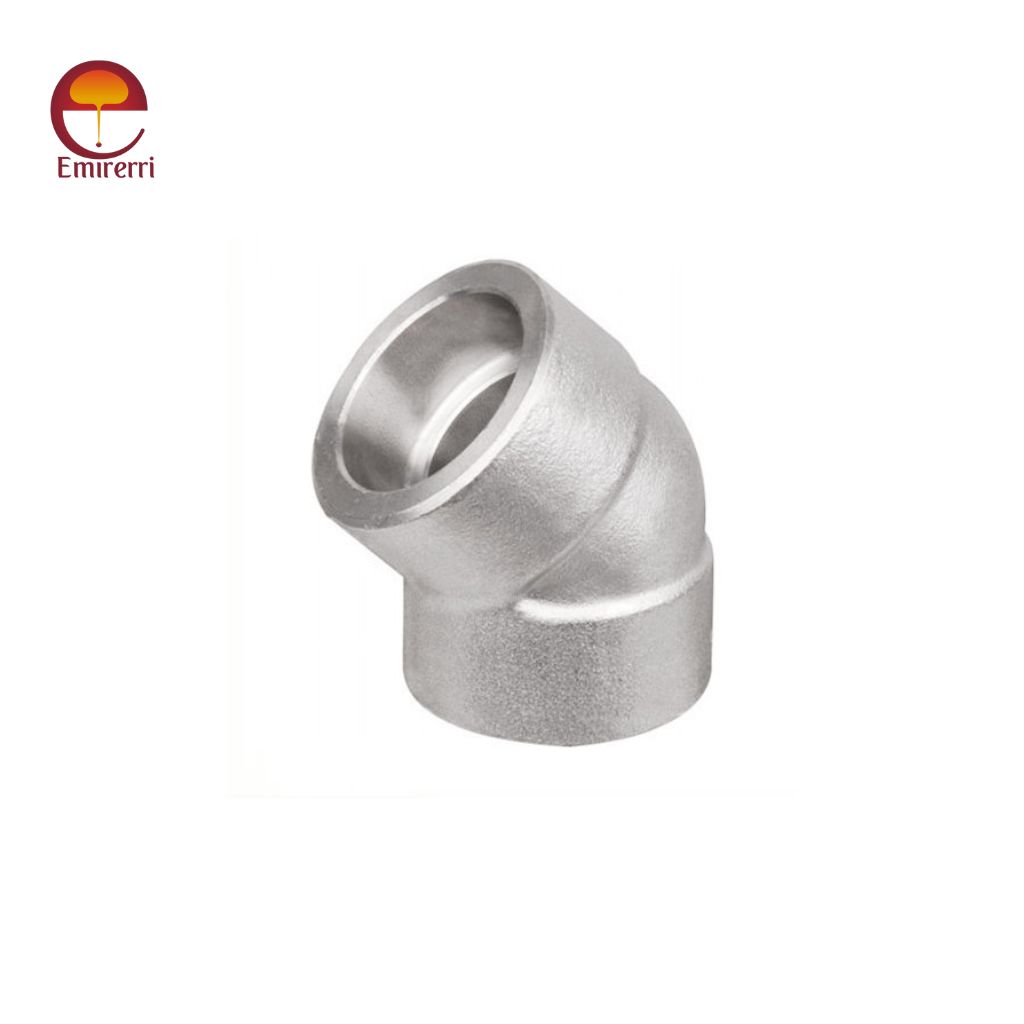
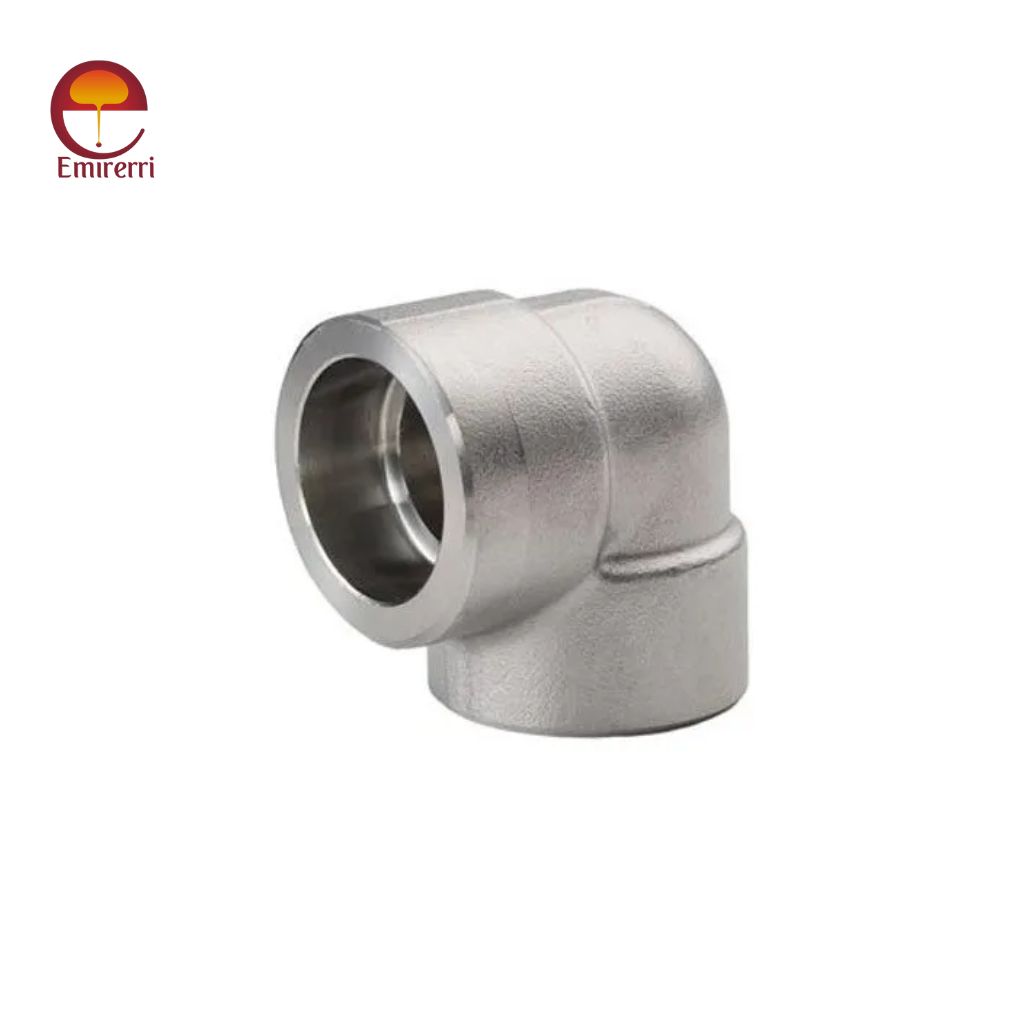
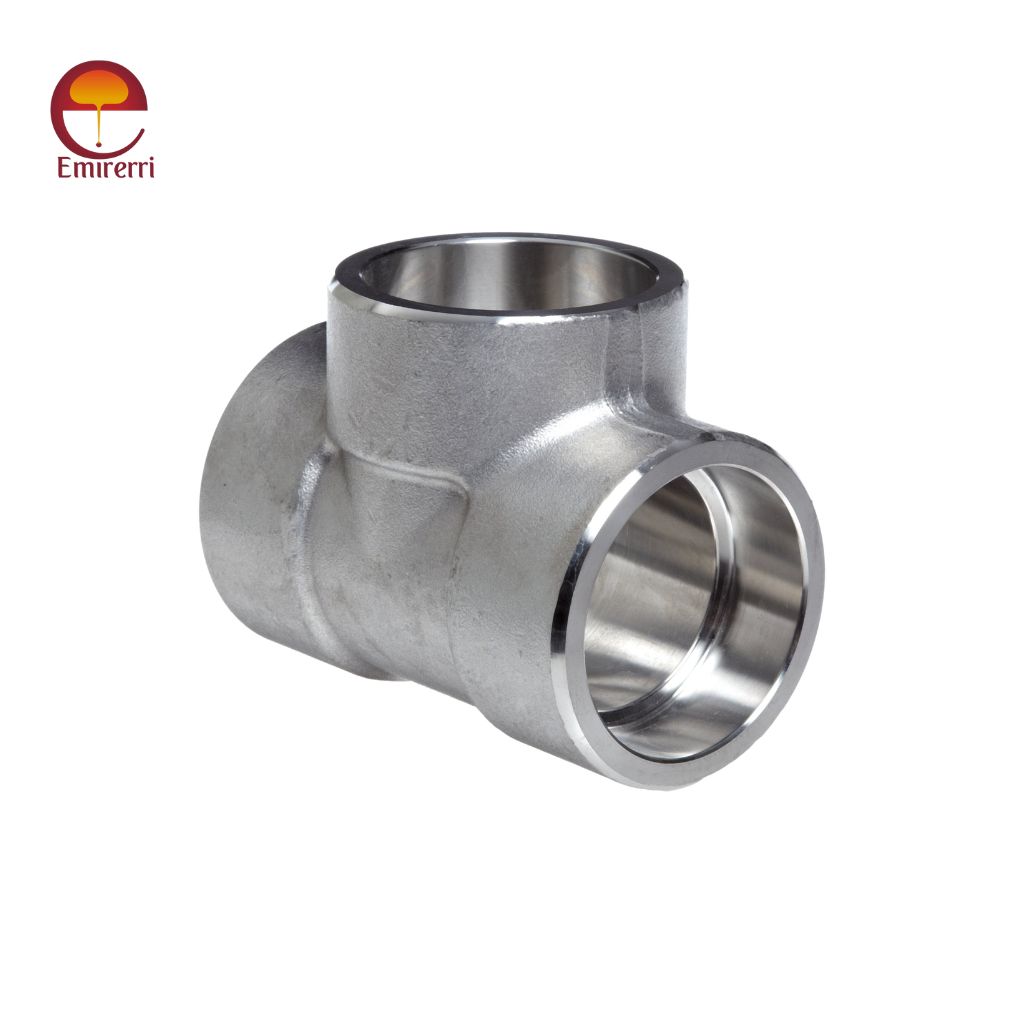
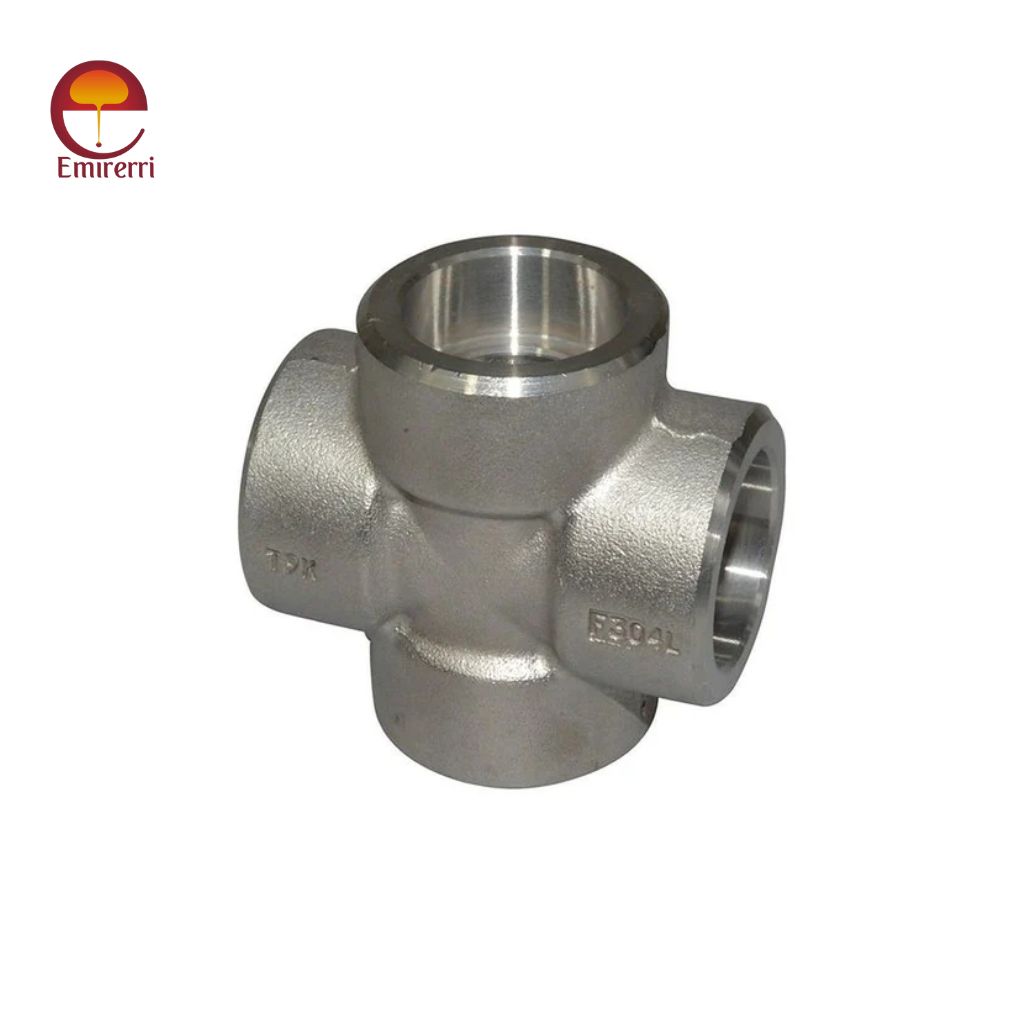
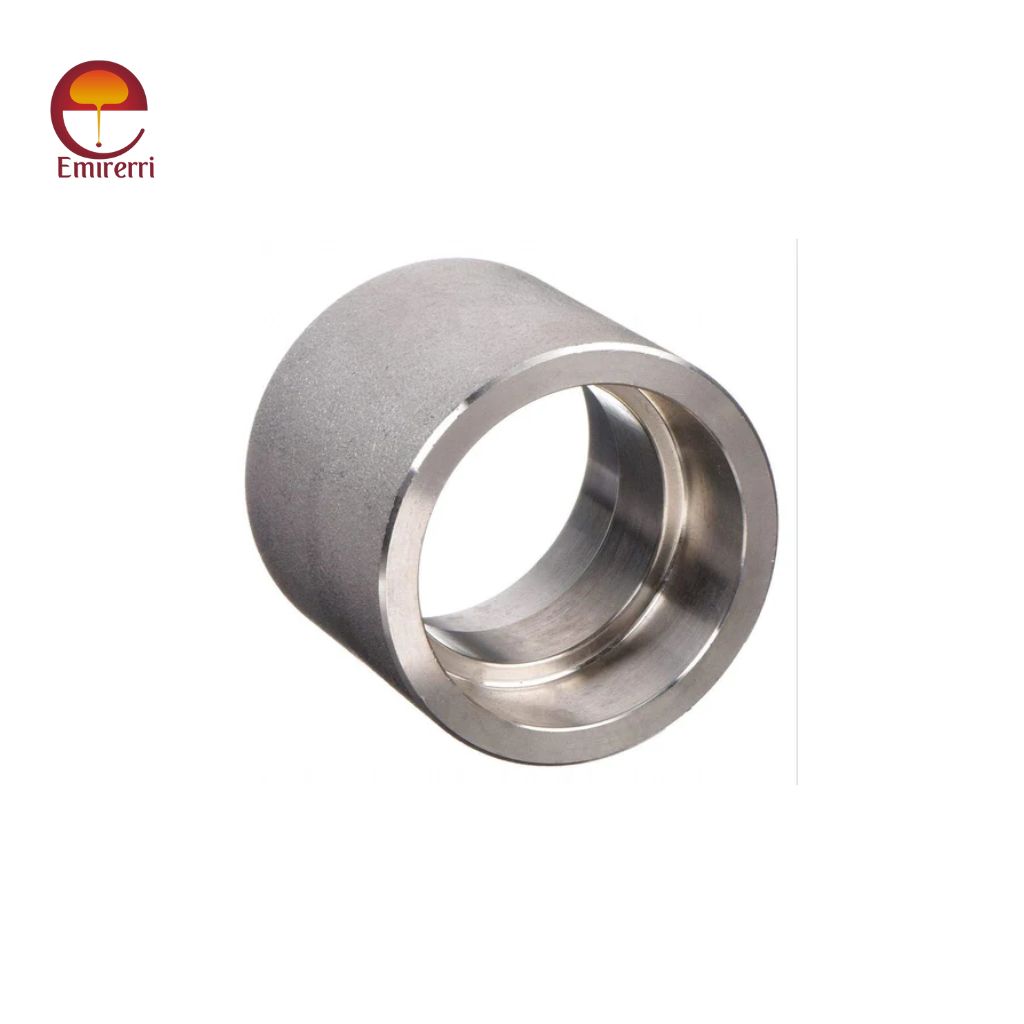
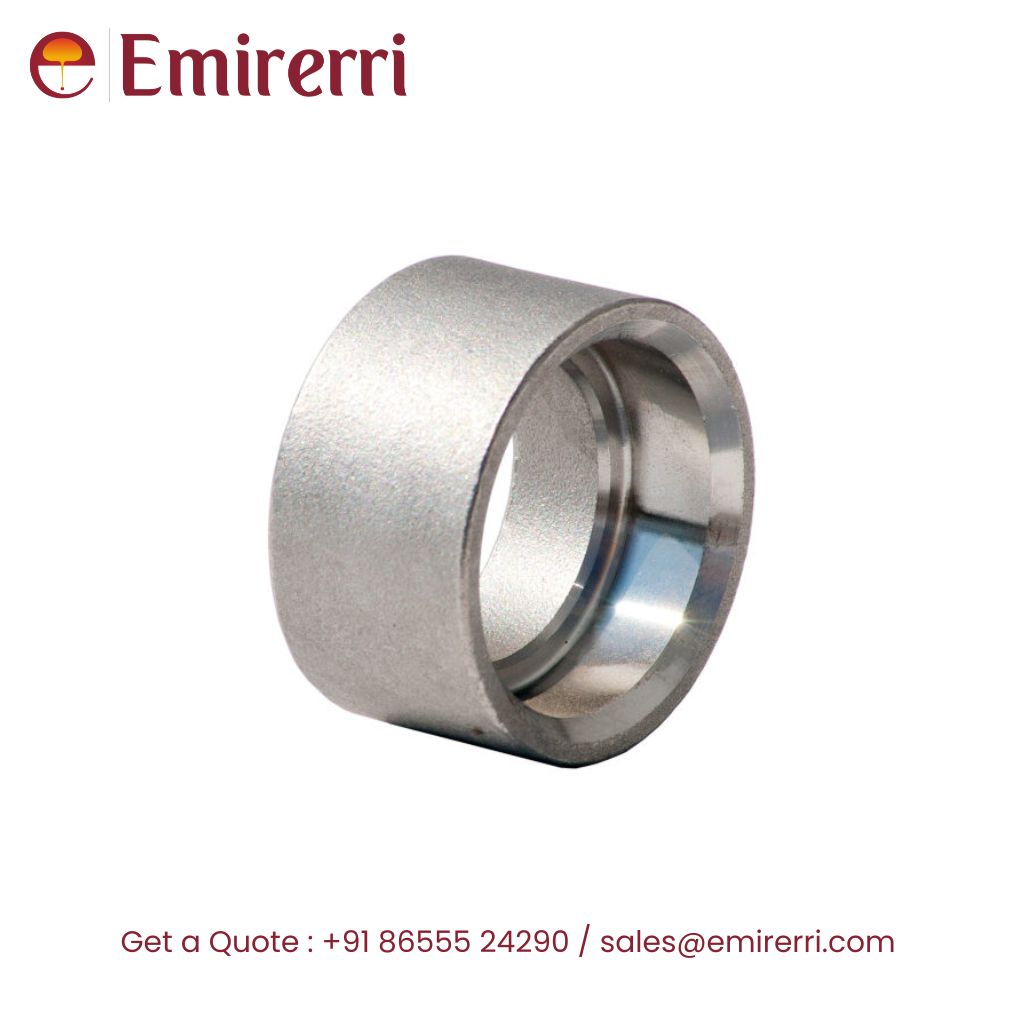
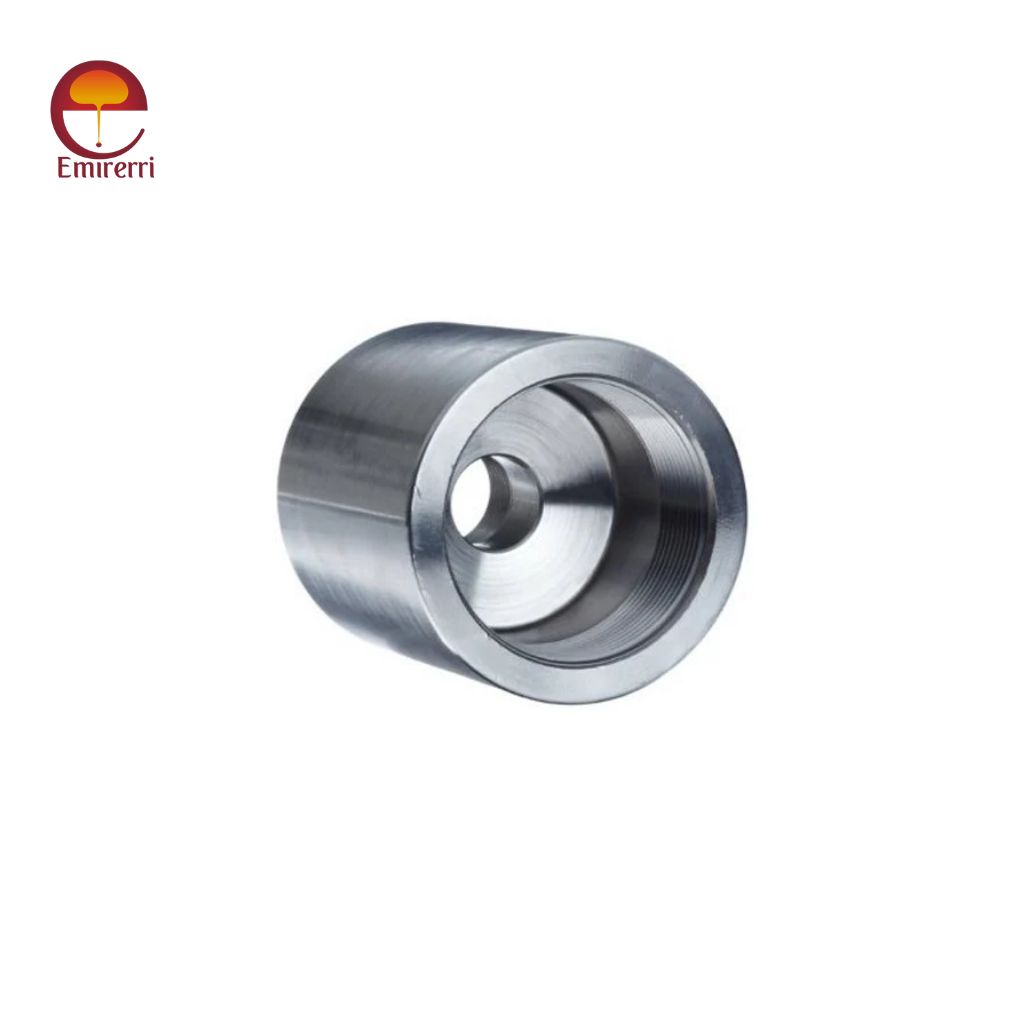
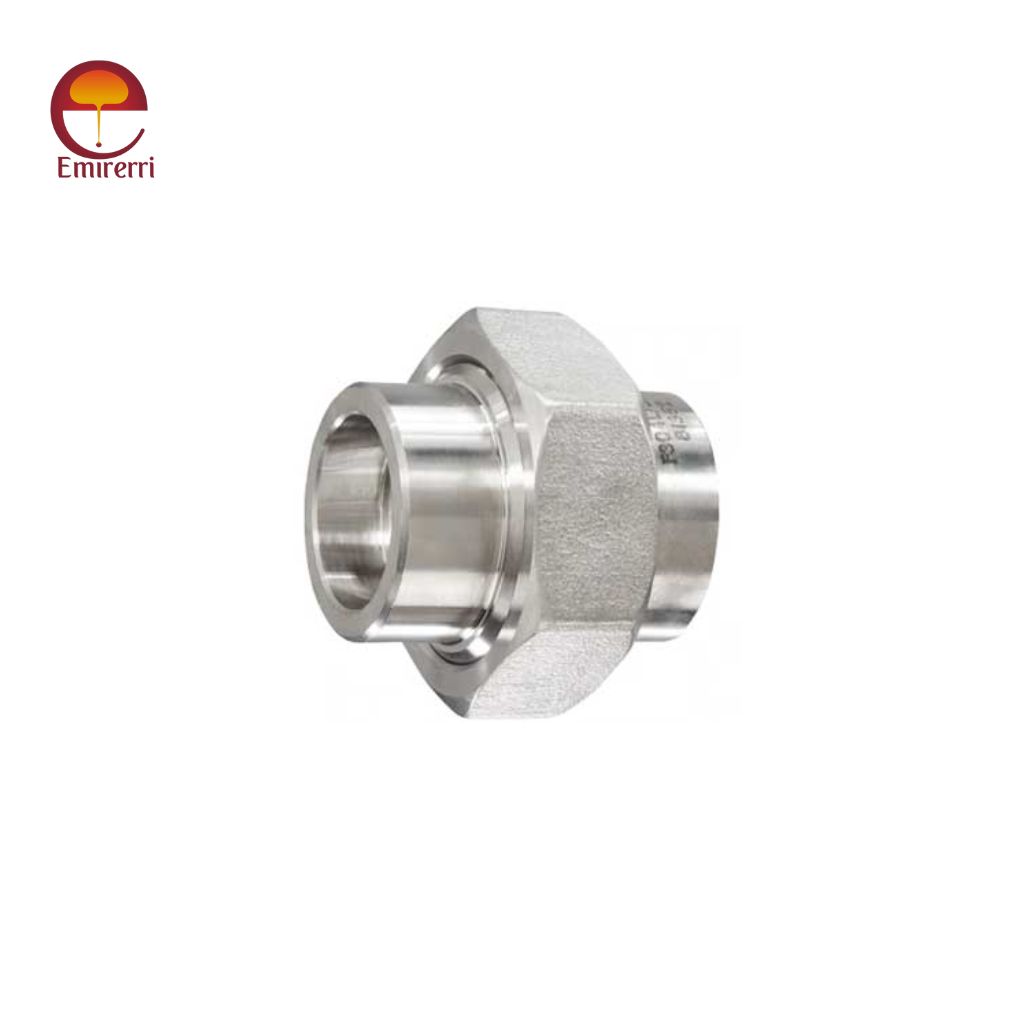
Threaded Fittings
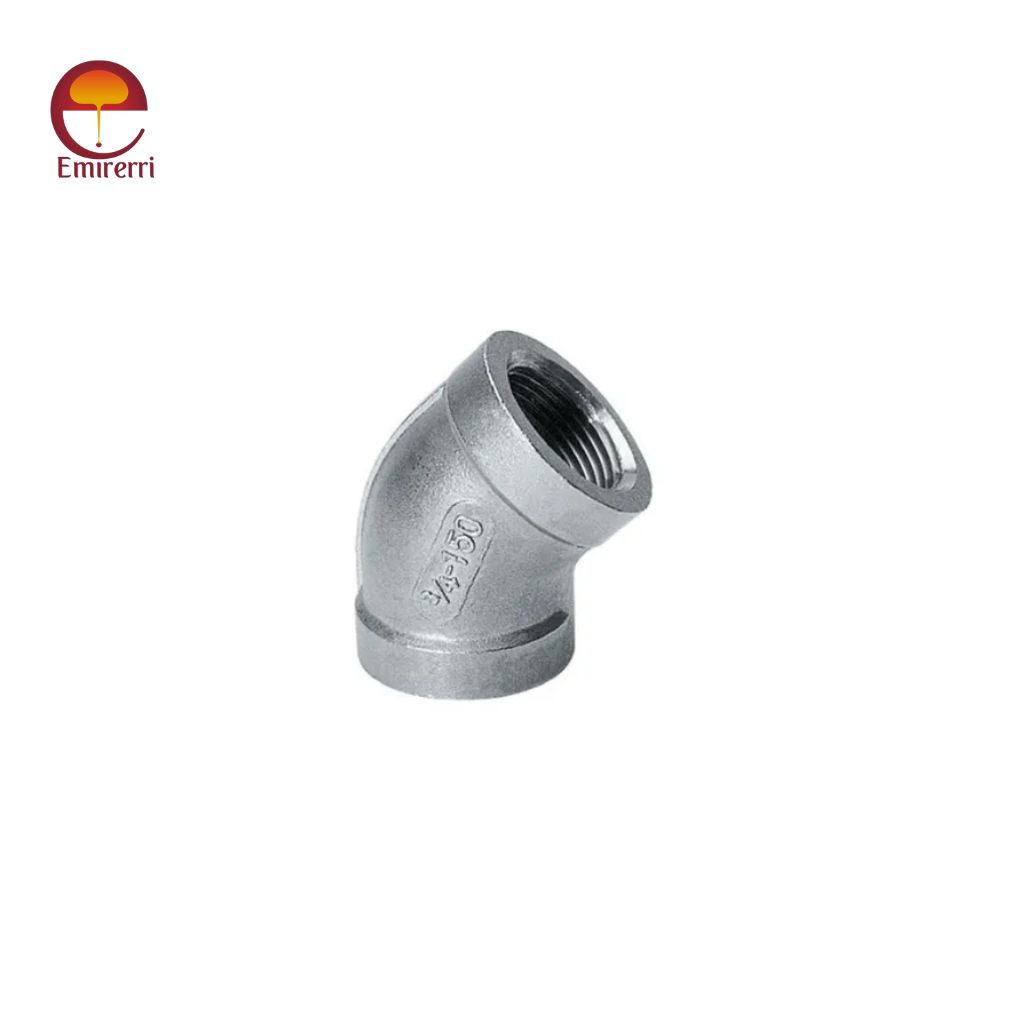
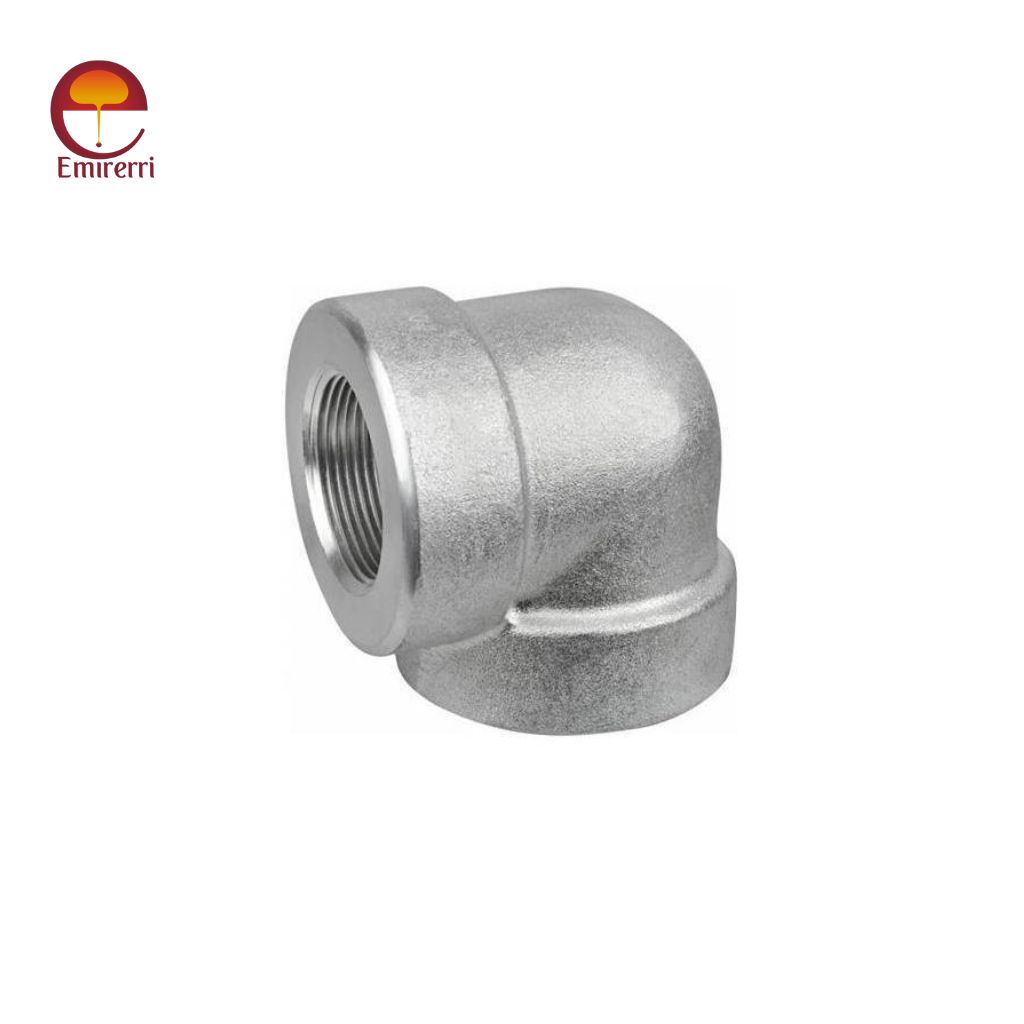
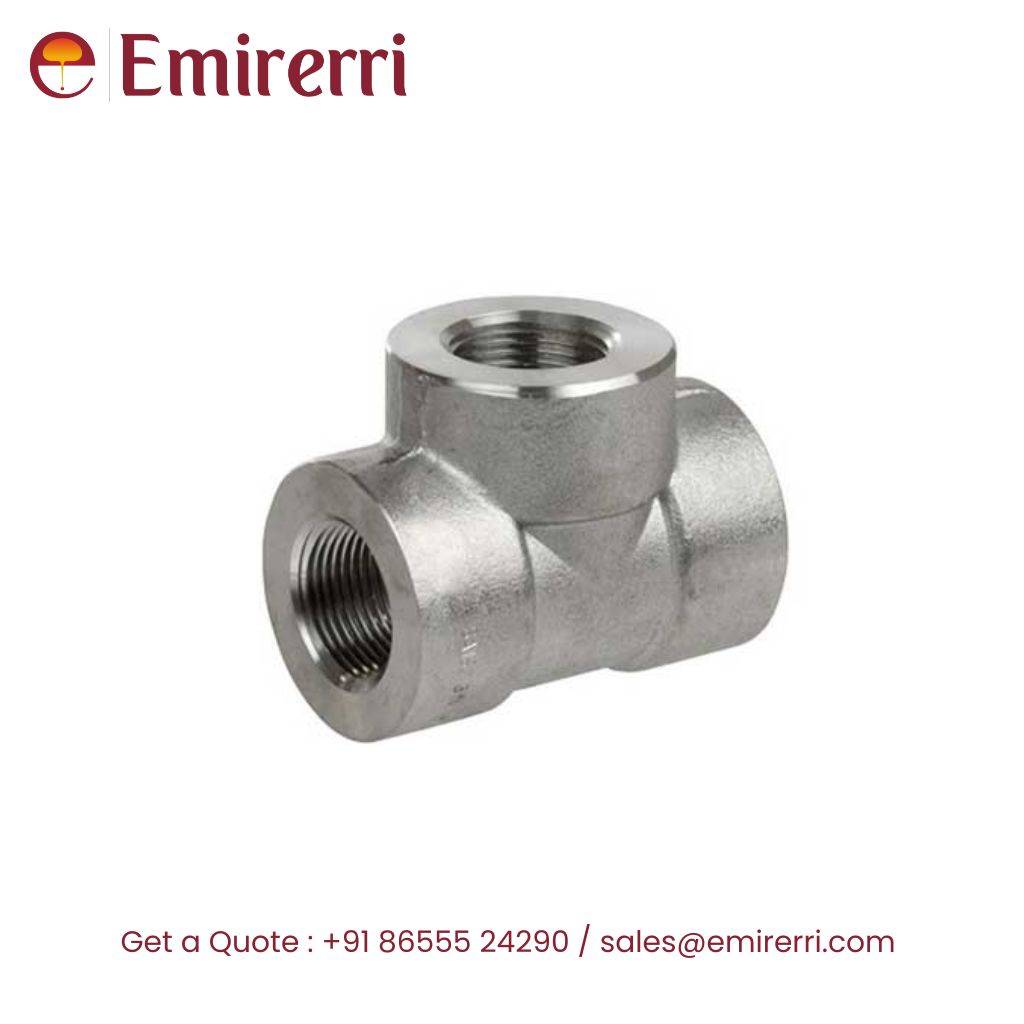
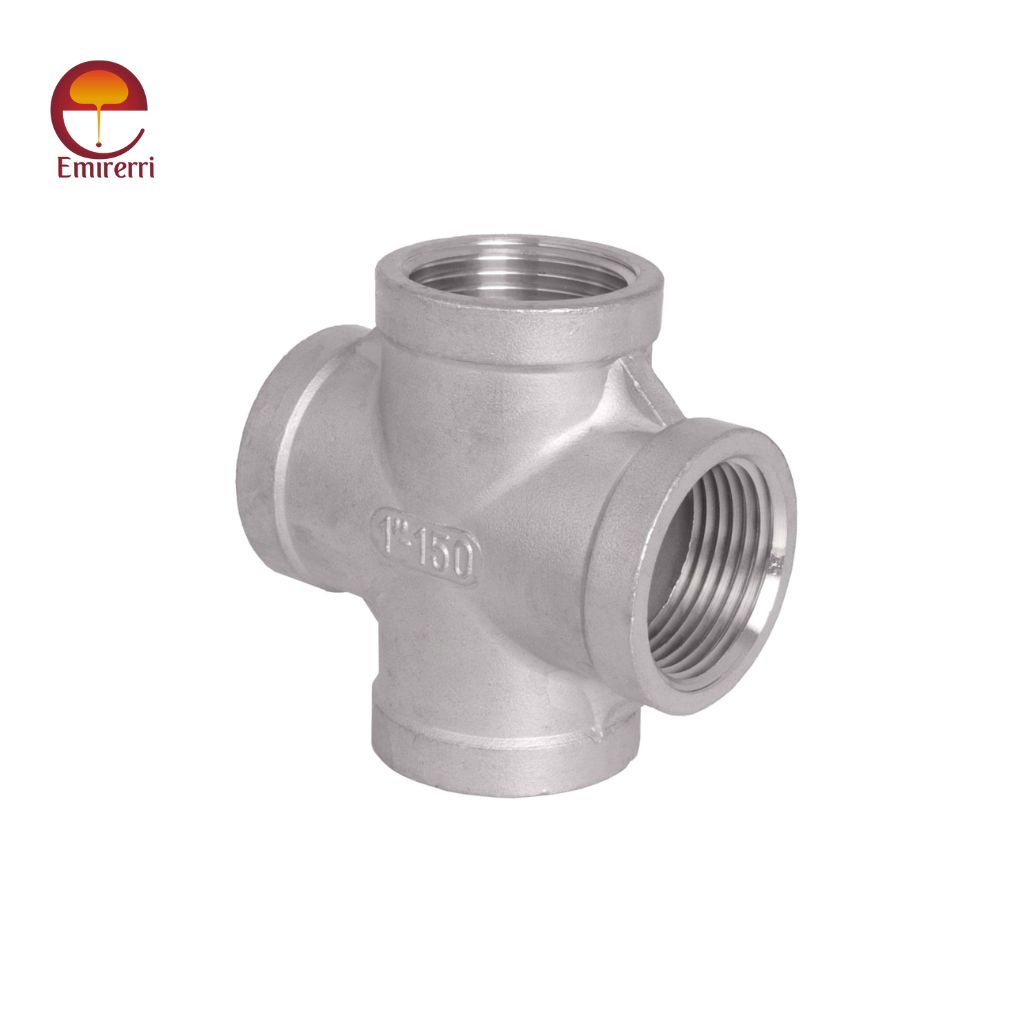
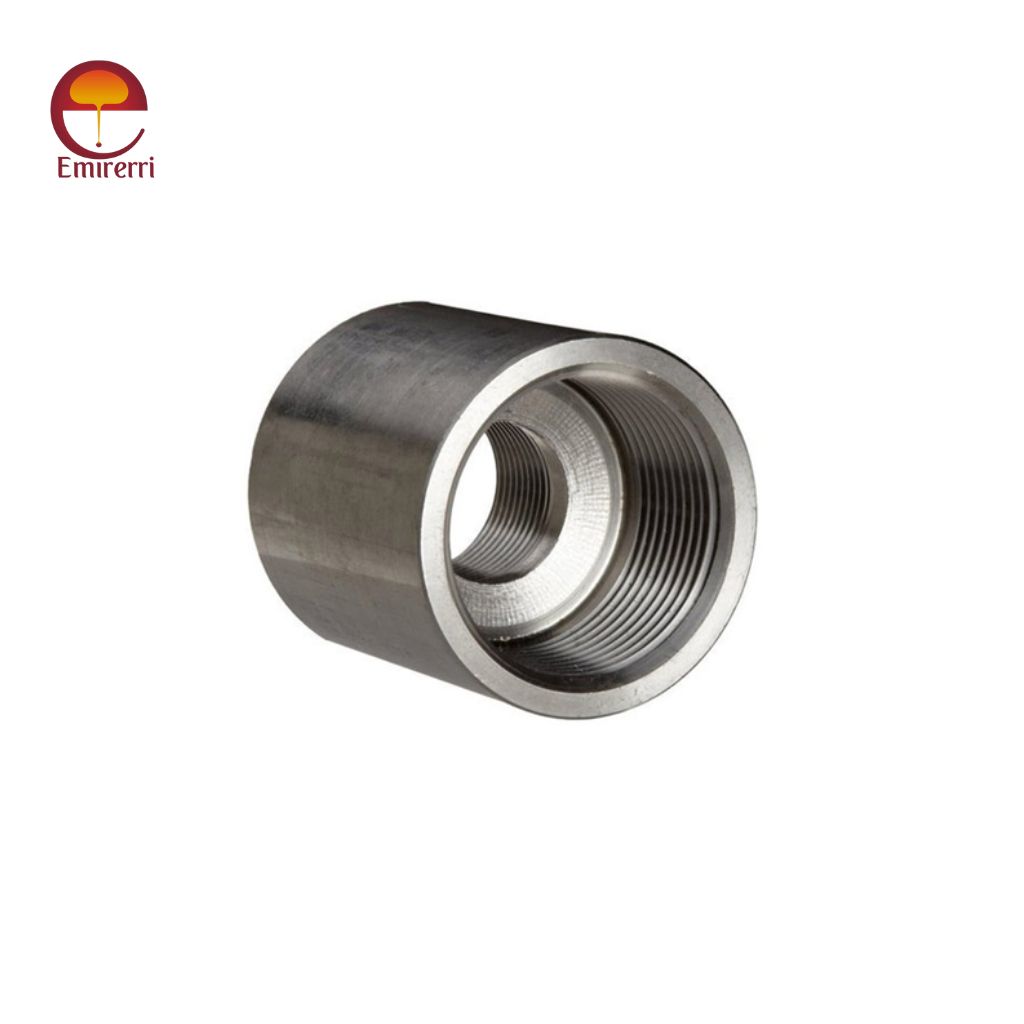
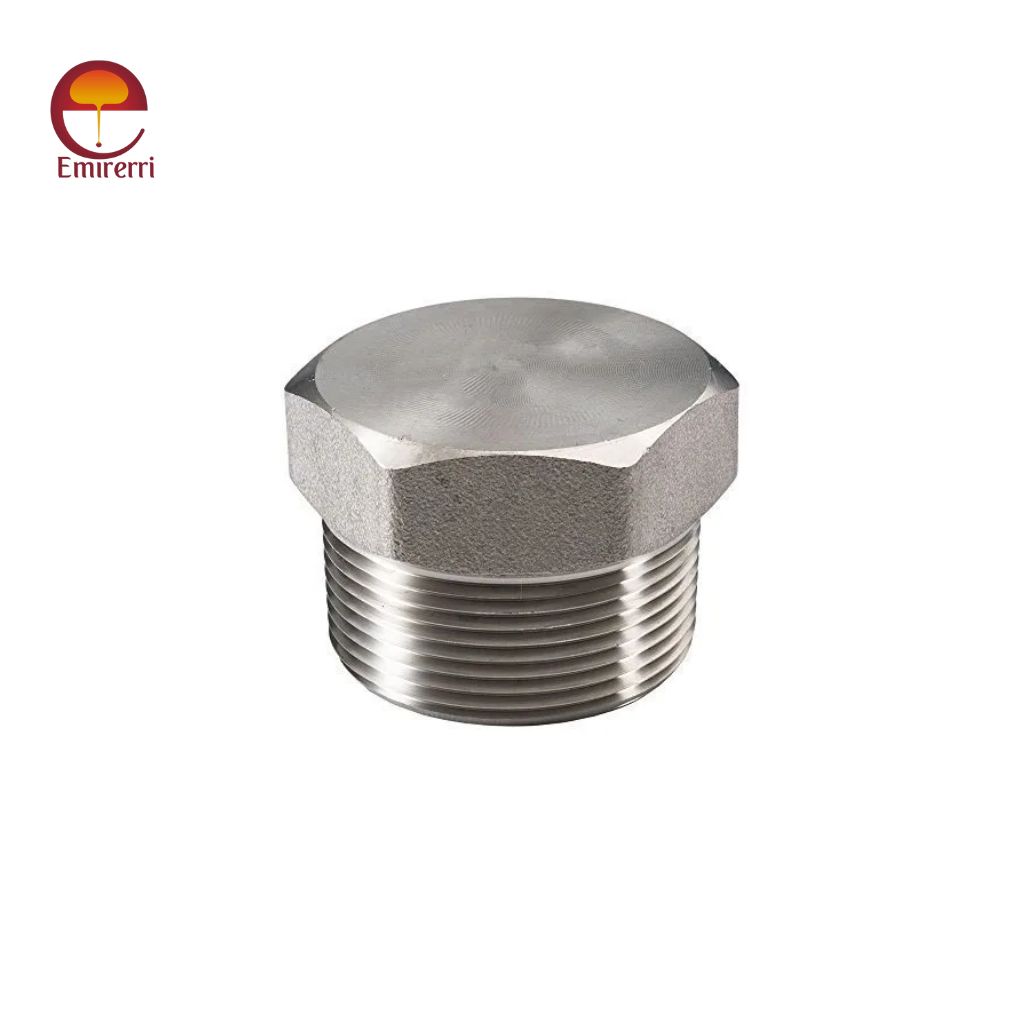
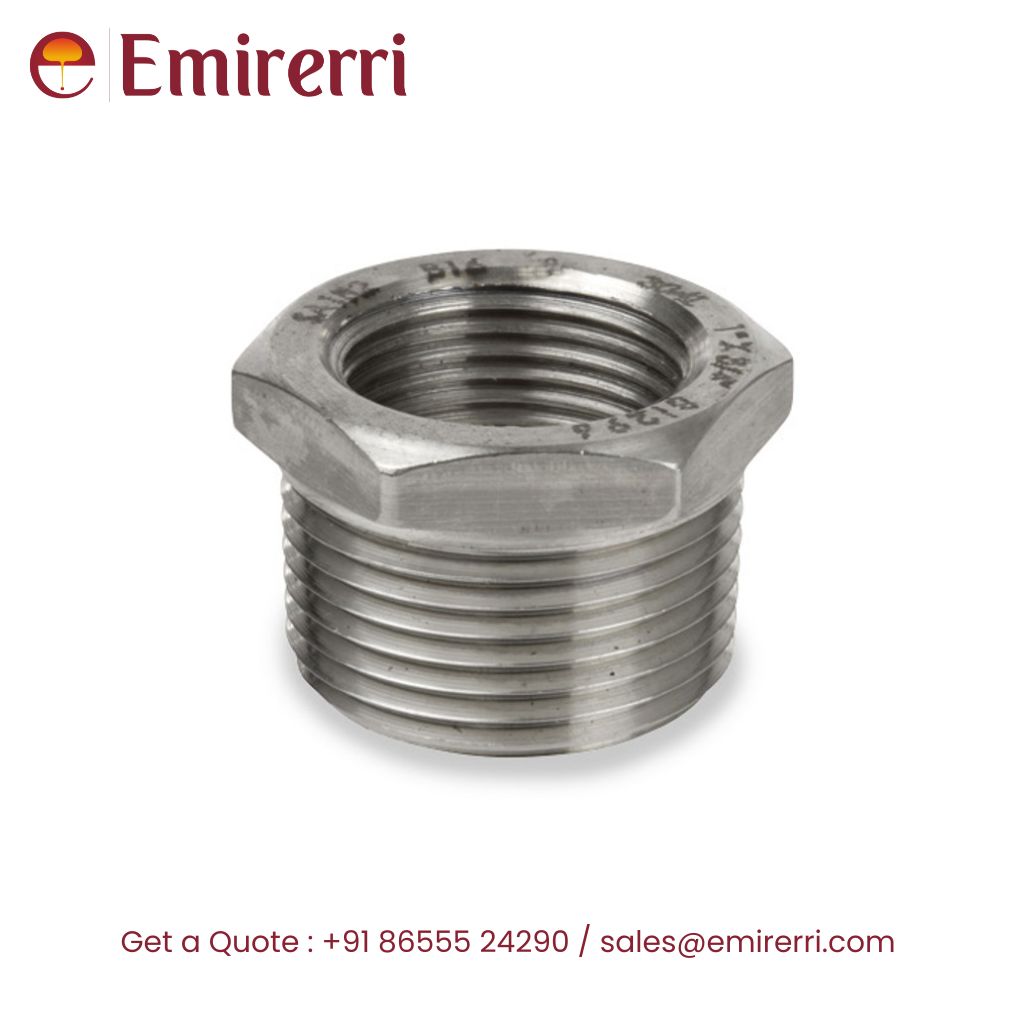
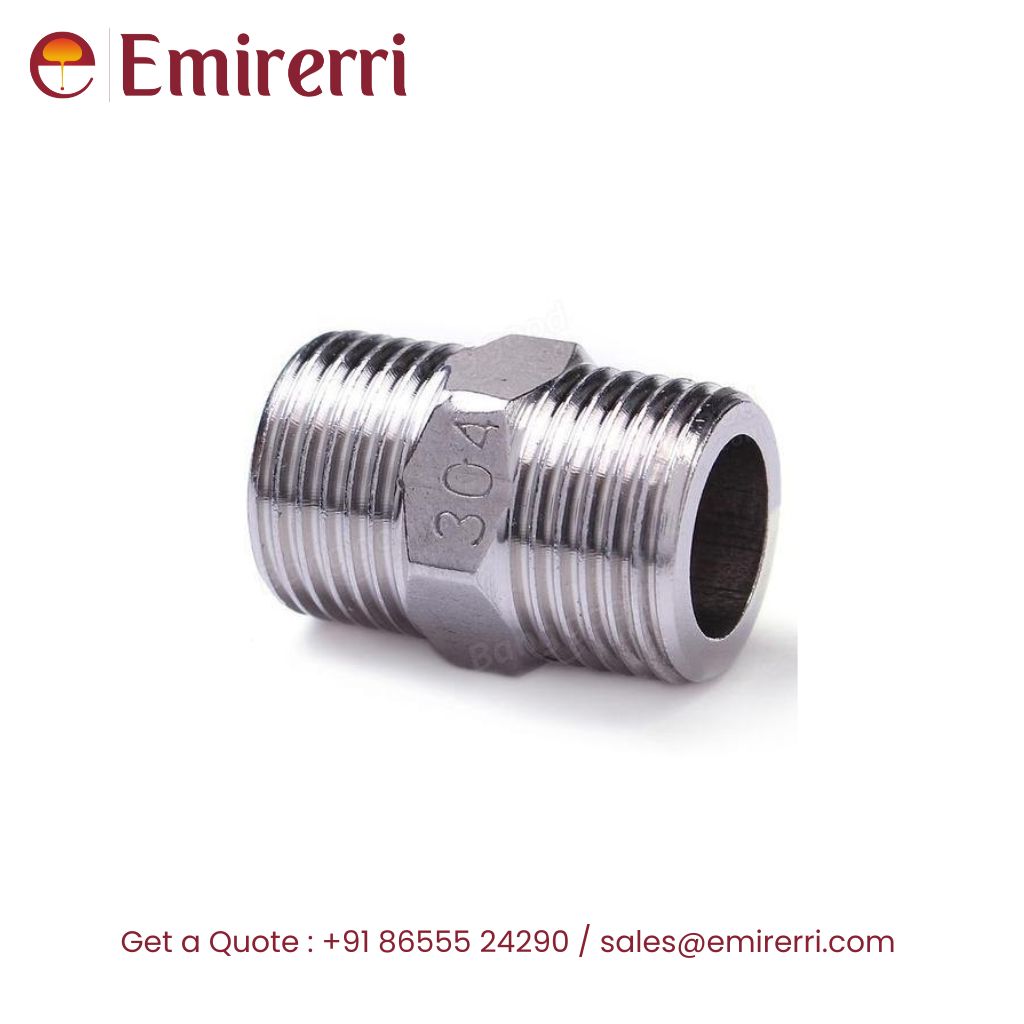
Standards & Grades
Manufacturing Standards:
ASTM A182 / ASME SA182 – Forged or Rolled Stainless Steel Fittings for High-Temperature Service
ANSI / ASME B16.11 – Forged Fittings, Socket-Welding, and Threaded
MSS-SP-79, MSS-SP-83, MSS-SP-95 – Forged Steel Fitting Specifications
Available Grades:
| Grade | UNS No. | Description |
|---|---|---|
| 304 / 304L | S30400 / S30403 | Standard austenitic stainless steel with excellent corrosion resistance. |
| 316 / 316L | S31600 / S31603 | Contains molybdenum for enhanced resistance to pitting and chloride corrosion. |
| 310 / 310S | S31000 / S31008 | High-temperature alloy with superior oxidation resistance. |
| 321 / 321H | S32100 / S32109 | Titanium stabilized for intergranular corrosion resistance. |
| 347 / 347H | S34700 / S34709 | Niobium stabilized for high-temperature service. |
| 904L | N08904 | Super austenitic stainless steel with high resistance to acids and chlorides. |
| Duplex 2205 | S31803 / S32205 | High strength and resistance to stress corrosion cracking. |
| Super Duplex 2507 | S32750 / S32760 | Excellent mechanical strength and corrosion resistance in harsh environments. |
Applications
Oil & Gas Pipelines
Petrochemical Plants
Power Generation Units
Food & Beverage Processing
Pharmaceuticals
Water Treatment & Desalination Plants
Marine & Offshore Equipment
